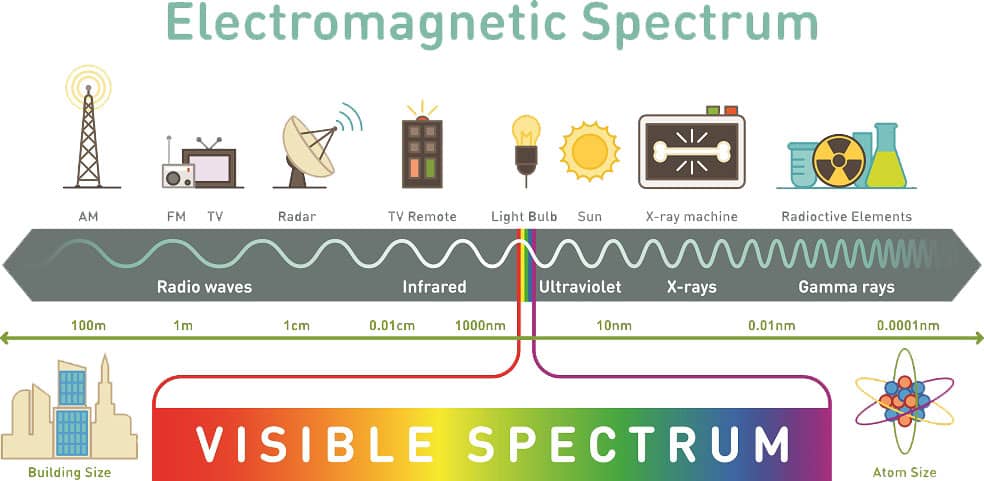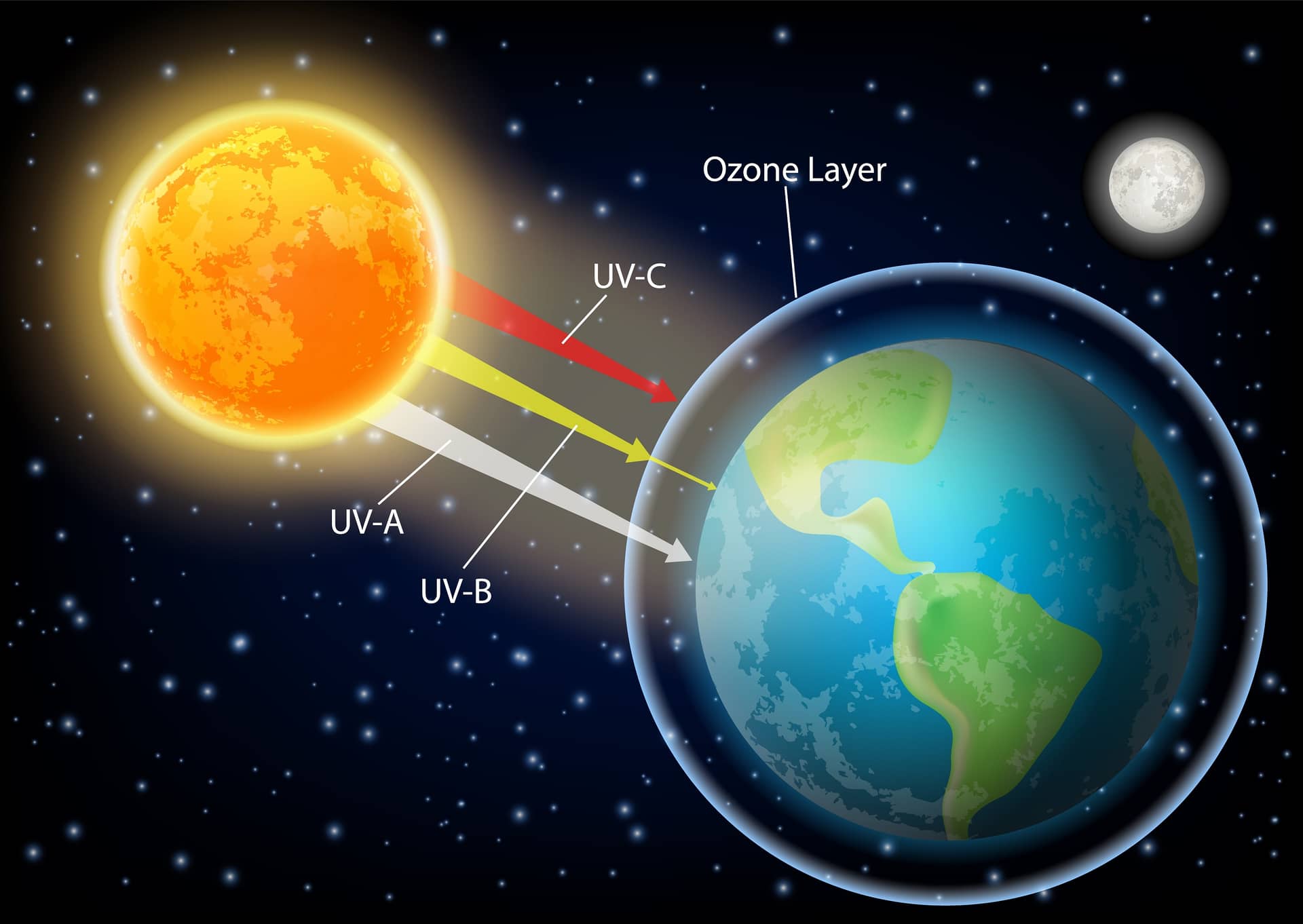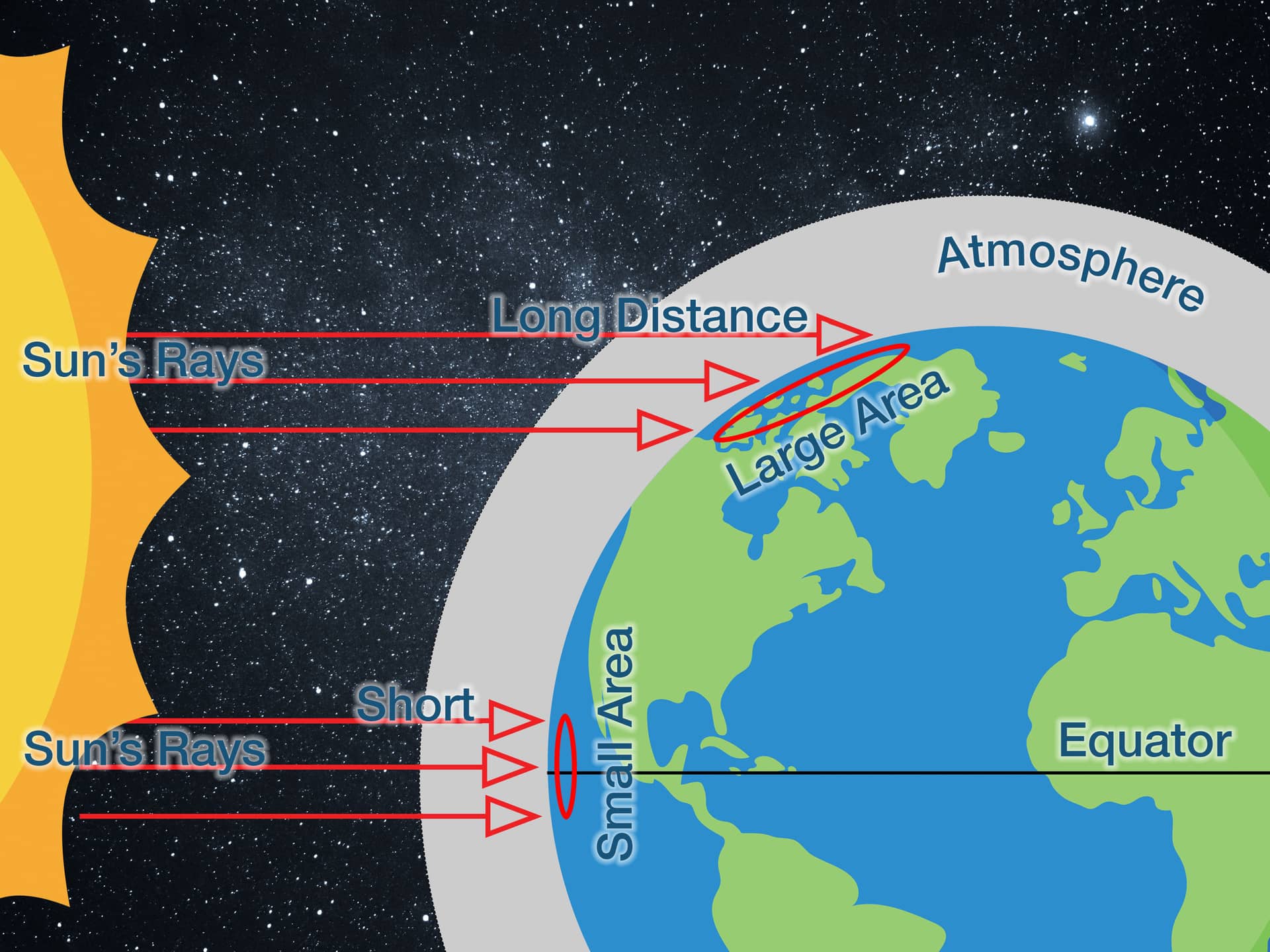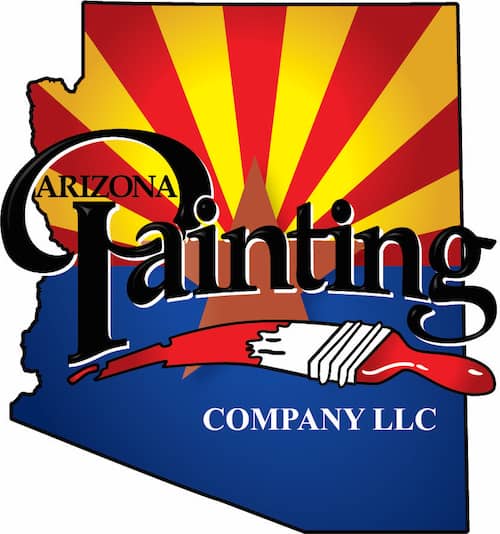THE DANGERS OF UV RADIATION & HOW TO PROTECT YOURSELF
What is Ultra Violet Radiation?
The phrase “Ultra Violet” refers to the specific wavelength of light that forms this type of electromagnetic radiation. Along the Electromagnetic Spectrum itself, Ultra Violet Radiation can be found next to the visible light spectrum. One very important aspect when trying to understand UV radiation and the electromagnetic spectrum itself is the relationship between wavelength and energy. Shorter Wavelengths equals higher frequencies, and in turn this equates to higher energy levels, and hence the opposite is true for longer wavelengths.

Radio Waves, and Microwaves are found at the lower end of the spectrum in respect to energy, with longer wavelengths, and as a result, lower energy. It is those longer wavelengths that enable us to pick up radio signals over long distances (Radio waves can be as short as 1mm or as long as 100km!).
As you move to shorter wavelengths you soon arrive at Infrared light, which are the wavelengths that the human body emits light (think infrared camera). After Infrared we have the visible light spectrum, which is the wavelength of electromagnetic radiation that the human eye is able to perceive. Most of us may be familiar with the acronym ROYGBIV, with Red being the lower energy end of the visible light spectrum, and violet the upper limit (Wavelengths range from 380 Nanometers for Violet light, to 740nm for Reddish light). Moving past the visible light spectrum, we arrive at the topic for today, Ultraviolet Radiation.
Ultraviolet radiation resides in the 10nm to 400nm wavelengths, shorter than visible light, but still longer than X-Rays. Ultraviolet radiation is the most harmful form of electromagnetic radiation we have discussed this far, and its effects on the Human Body can be fatal if not properly mitigated. There are 3 main types of UV rays, each carrying their own respective risk to the human body.
- UVA Rays | Cause damage to your Skin cells, acceleration aging, as well as damaging the DNA of the cells themselves. This type of UV light is associated with long term skin damage such as wrinkles, but it is also thought impact the likelihood of developing some skin cancers.
- UVB Rays | Contain slightly more energy than UVA rays, and can directly damage your skin cell’s DNA. You have this form of UV Radiation to thank for Sunburns. In addition, UVB is considered to be the primary driver of skin cancers.
- UVC Rays | Most energy of all the other UV rays, and the most dangerous. Fret not, these rays are (nearly) completely absorbed by Earth’s Atmosphere and Ozone Layer, very little to none reaches the surface.
While Skin Damage and Cancer certainly warrant concern, they unfortunately are not the only dangers you to be wary of. Your eyes are incredibly complex, sensitive organs, especially when light is concerned. UV Exposure, both acute and chronic has been linked to Cataracts, Macular Degeneration, Corneal Sunburn, and more. Ideally you want to wear glasses that sate they provide 100% UV Protection, just because a lens is tinted does not imply you are protected from UV Rays.

Another indirect danger of UV rays is heat stress related illnesses; these issues tend to arise on cloudless, hot, sunny days when UV exposure is at a maximum. Heat stress itself can manifest in a few different forms with varying degrees of severity. More than 40% of heat-related worker deaths occur in the construction industry, but every field where employees are outdoors can be susceptible.
- Heat Stroke | Is the body’s inability to regulate its core temperature, out of all of the heat stress illnesses this is the most serious and can be fatal. Symptoms of heat stroke include Excessive Sweating or no Sweating, High Body Temperature, Confusion, Seizures, and Loss of Consciousness.
- Heat Exhaustion | Is the body’s response to losing considerable amounts of water; symptoms include Dizziness, Nausea, Weakness, Irritability, Fast Heartbeat, Heavy Sweating, and thirst.
- Heat Cramps | These are muscle cramps due to the loss of body salts as well as fluids during or after working hours. Symptoms typically manifest as painful muscle cramps or spasms, usually occurring the abdomen, legs and arms.
- Heat Rash | Results in Skin irritation due to sweat that does not evaporate from the skin. Producing clusters of red bumps typically found on the next, upper chest, and skin folds
What factors impact how much Ultraviolet Radiation I absorb?
It does not have to be your typical Arizona Sunny day in order for you to be exposed UV Rays. Some types of cloud cover can block a percentage of UV rays, while others can reflect and actually increase UV exposure. The important point to take away is that while UV exposure is highest on clear sunny days, even with cloud cover you can still incur damage from UV Rays.
Latitude also plays a direct role in determining the severity of UV rays. Closer to the Equator sunlight impacts the ground at near perpendicular angle, and this in turn results in far more solar energy per square meter absorbed than found at higher latitudes. As you move away from the Equator the curvature of the earth causes the sunlight to strike the surface at smaller angles, therefore spreading out the same amount of solar energy over a much greater area than at the equator. To summarize, the closer to the equator the more intense UV rays are than they are closer to the poles.

Altitude is another factor that can impact your UV absorption. Just consider that the earth’s atmosphere from sea level absorbs at least some amount of UVA, UVB, and all of UVC rays. As you move up in Altitude, you no longer have the same volume of air between you and sunlight coming from Space. For every 1000m (3300ft) in Altitude you gain, UV levels increase approximately 10%. (This is also why Pilots receives far more radiation than someone who does not spend 6 months a year at 30,000ft+)
Reflective Surfaces such as soil, water, and grass reflect roughly 10% of incident UV radiation, Sand comes in a little higher at 15%, and sea foam reflects around 25%. However, the most reflective surface is without a doubt is snow. Fresh snow reflects enough UV radiation that it doubles an individual’s UV exposure.
How Can I Protect Myself?
Whether you spend a lot of time outdoors for pleasure, or for work, there are simple steps you can take in order to protect yourself and those you care for.
Firstly, and one that everyone is familiar with is applying Sun Screen. Be sure to first dry yourself off, followed by applying the sunscreen itself, and follow up with coatings every 2 hours after that.
Simply altering the time of day you find yourself outdoors can offer some form of protection, with peak hours for UV Radiation being between 10:00am and 4:00pm.
Adequate hydration is imperative, aim to drink small amounts of water frequently throughout the day.
Allow yourself (or employees) time to rest out of the sun; try to schedule your leisure activities/workload evenly as the day progresses. This is especially important for those supervising/working outdoors, creating work/rest cycles, rotating job functions, and scheduling heavier jobs during cooler times of the day all help.
Having readily available access to shade throughout the day can provide a much needed area of respite. In addition, if you are outdoors for work, breaks and meals should always be done in areas of shade. Meetings, as well as tool prep and any material preparations should be done under shade to limit workers exposure.
If able, invest in a pair of sunglasses/safety glasses that offer 100% UV protection. If you are staying in one area whether it be for work or play, consider having fans, Air Conditioning, or misters on hand. Lastly, and quite possibly the simplest tip, is to cover yourself. Wear towels, hats/helmets, and neck shade if you’ll be outdoors for an extending period of time.
###
















